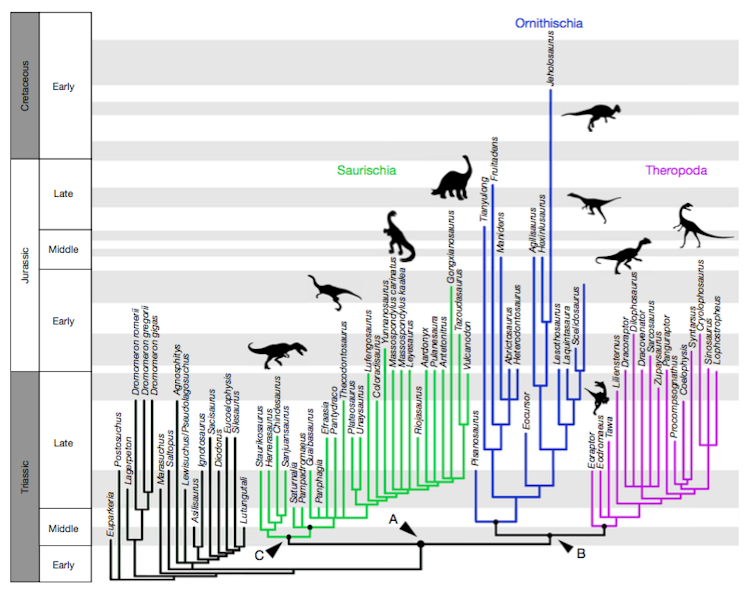NEXT WEEKS EVENTS
27th March to 2nd April 2017
The following is an extract from Bristol Geology Calendar
More details can be found in the Calendar and on the web sites of the relevant Society or organisation.
Monday
Tuesday
Wednesday
Tuesday
WhenTue, 4 April, 18:00 – 19:30
WherePugsley Lecture Theatre, Queens Building, University Walk, University of Bristol, BS8 1TR (map)
DescriptionBob Benton & Robert MacKean
The talk will cover the geology of the Avon Gorge and focus upon the site investigation and rock stabilisation works which are critical to maintaining these imposing rock faces, which support Brunel’s iconic Clifton Suspension Bridge.
Bob Benton will begin by describing past problems with the Avon Gorge rock faces and how these have led to the construction of the rock protection shelter over the A4 portway road. A review of the design and construction of the Rockfall Gallery will focus upon the requirement for rock anchoring and piled foundations.
Robert MacKean will follow with a review of the geology of the Avon Gorge and discuss his involvement in recent investigations to evaluate the bridge abutments and foundations to the masonry towers.
Wednesday
WhenWed, 5 April, 13:30 – 16:30
WhereMartley Memorial Hall B4197 by Sports Ground (map)
DescriptionField trip to Southstone Rock and Brockhill Dyke in Teme Valley Prof. Ian Fairchild along with Leominster U3A and TVGS
Thursday
WhenThu, 6 April, 19:15 – 20:45
WhereBath Royal Literary and Scientific Institution, 16 Queen Square, Bath (map)
DescriptionCosmic Dust: Little Rocks from Space
Dr. Matthew Genge, Senior Lecturer in Earth and Planetary Science, Faculty of Engineering, Department of Earth Science & Engineering, Imperial College, London University
Extraterrestria
Friday
Saturday
WhenSaturday, 8 Apr 2017
WhereMeet at the Lulworth Cove car park at 10.30 am. (map)
DescriptionLulworth Cove and east to Mupe Bay, Dorset
Leader: Maurice Tucker, University of Bristol and Bath Geological Society
Lulworth Cove is a classic geological section of the Jurassic Coast World Heritage Site. Highlights include the spectacular bay itself, Stair Hole and the Fossil Forest. At Lulworth we will see the Upper Jurassic - Cretaceous strata: tectonics, stratigraphy, sedimentology and palaeontology. The Portland limestone and Purbeck beds show oolites, stromatolites, collapse breccias from evaporite dissolution, lacustrine limestones with bivalves and gastropods; the overlying Wealden consists of fluvial sandstones (some impregnated with oil) and palaeosoils. The Greensand and the Chalk at the back of the Bay contain fossil echinoids, bivalves and serpulids. There are also spectacular folds and faults, at Stair Hole in particular.
There is much to see geologically around Lulworth Cove itself, but we will then walk along the Southwest Coastal Path to the east across the army firing range towards Mupe Bay. This 2-mile stretch is described as moderate and strenuous on the Jurassic Coast website and Mupe Bay as an "ideal spot for those who like their coastline wild, rugged and just a little bit dangerous!" We will avoid the dangerous parts. There are some steps to climb to get out of Lulworth Cove. We hope at least to view the fossil forest from above, if access is still an issue following the cliff fall in 2015.
Meet at the Lulworth Cove car park at 10.30 am.
Post-code for the Lulworth car-park is BH20 5RQ. Price £7.50 for up to 6 hours (£9 >6 hrs).
We will aim to be finished by 16.00.
Strong footwear and packed lunch will be needed.
Transport will be by private car. We will try to arrange lifts.
Sign-up for the trip on the sheet at the February (2nd) or March (2nd) meeting of the Bath GS at BRLSI or contact bob_mustow@hotm
WhenSaturday, 8 Apr 2017
WhereTeign Valley, Devon near Lustleigh (map)
DescriptionField Trip to Kelly Mine and Great Rock Mine
Leaders: Nick Walter, Bruce Bolton
Location: Teign Valley, Devon near Lustleigh
Date: April 8th 2017 (Saturday)
Type: Day Trip
Summary: We will visit the restored surface workings at Kelly Mine and go underground at Great Rock Mine on Saturday 8th April 2017.
More info:
2017_kelly.pdf
Kelly mine formerly produced micaceous haematite, along with ten other mines in the Bovey triangle. The ore was used to produce 'battleship grey' paint for protecting steel structures from rusting. Visitors can trace the whole process, from mining the ore to the dispatch of the final product from the drying shed.
The society holds an Open Day every two years, usually in September, the last one was held in September 2016. Take this opportunity of a private visit to see working stamps and processing machinery, waterwheels and the drying process, to go underground at Great Rock Mine.
A wealth of information can be seen on the Kelly Mine Preservation Society website. http://www.kell
WhenSaturday, 8 Apr 2017
WhereTo be confirmed (map)
DescriptionCollieries of Bristol City
Contact Steve Hillyard 0117 923 6595
Sunday












